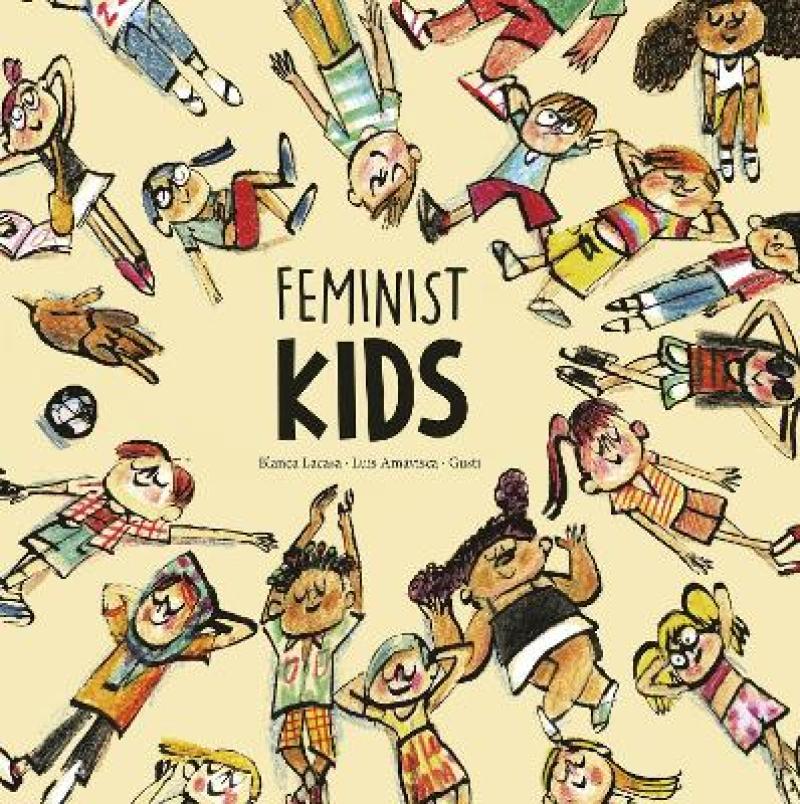"The art itself is by Gusti, which is a pretty smart move since his is a
style that is hard to resist. In showing me this book, Ellen made sure
to display her favorite image of a Zoom classroom that shows different
kinds of hair. I’m still keen on anything that shows what life was like
when the pandemic started. Pretty cool"– <b>School Library Journal</b>
These examples are offered without explicitly naming the stereotypes, which may be useful in starting conversations with young readers. – <b>Kirkus Reviews</b>
As far as picture books about feminism go, we can never have too many. I loved how many different children are illustrated here in different skin colors, body shapes, hair styles, and clothing choices. – <b>NetGalley- Reviewer</b>
Book crush of the week – <b>Let's Talk Picture Books</b>
The book would be a good discussion starter and the illustrations are fun and inclusive. – <b>Puget Sound Council for Reviewing Children's and Young Adult Literature</b>
What does it mean to be a feminist? Through everyday situations, the girls and boys in this book, help us better understand it.
Feminist girls and boys like all colors, wear their hair as long as they want and choose their own toys. They love to play all together and express their emotions. But, above all, they refuse to classify things as "girl´s stuff" and "boy´s stuff".
Luis Amavisca and Blanca Lacasa, with Gusti's wonderful illustrations, present, in the form of everyday situations, a brief manual for feminist girls and boys. Equality is everyone’s responsibility.También disponible en español. (Also available in Spanish.)
